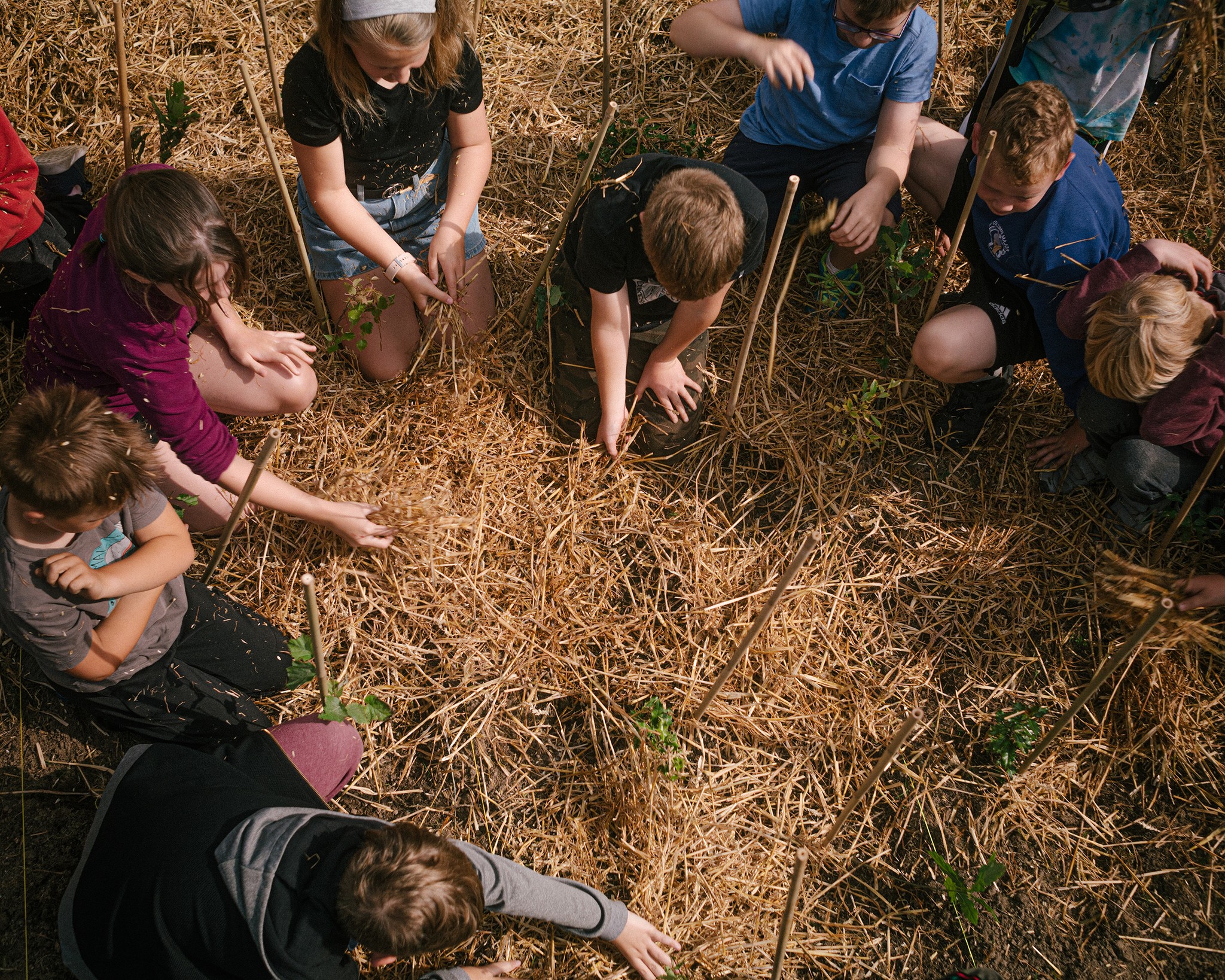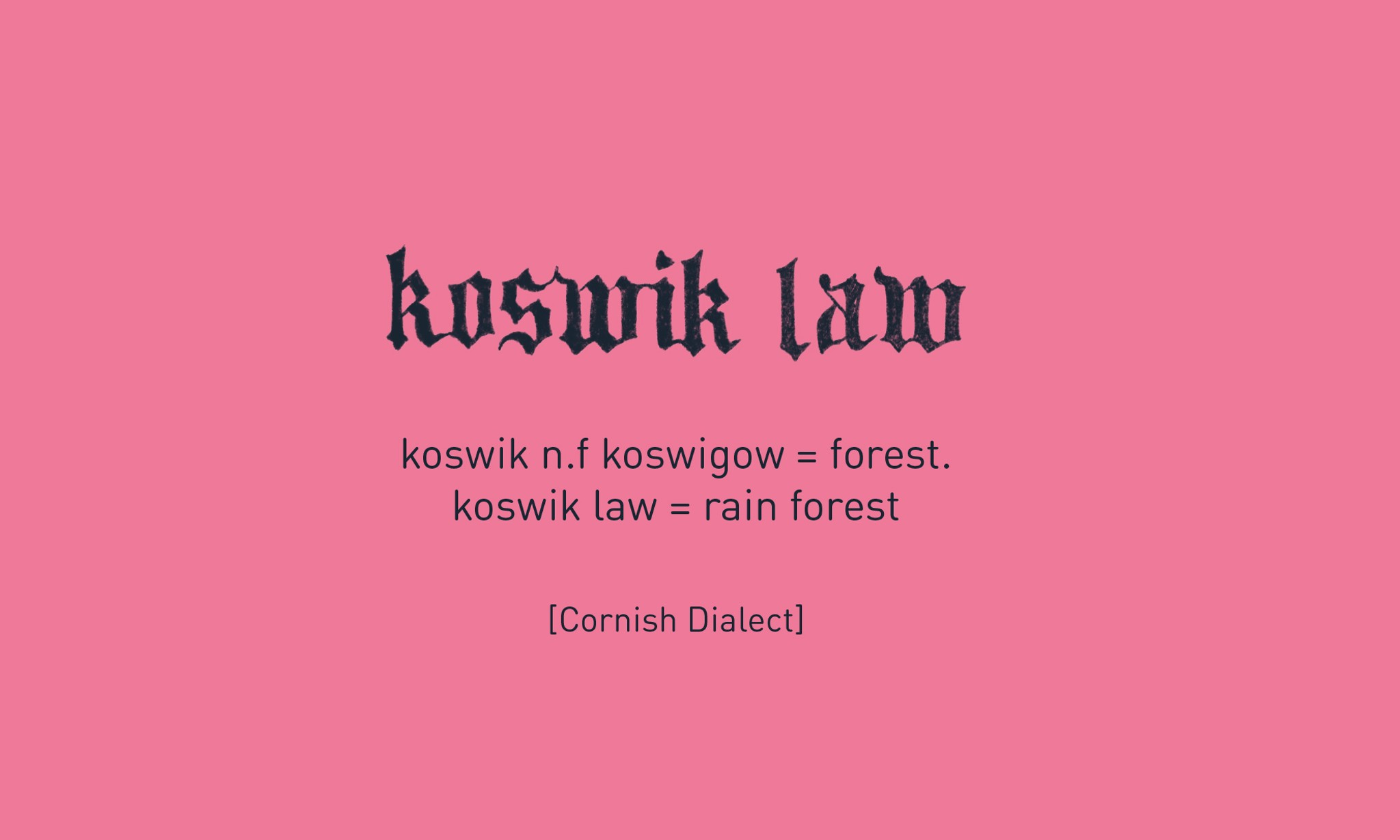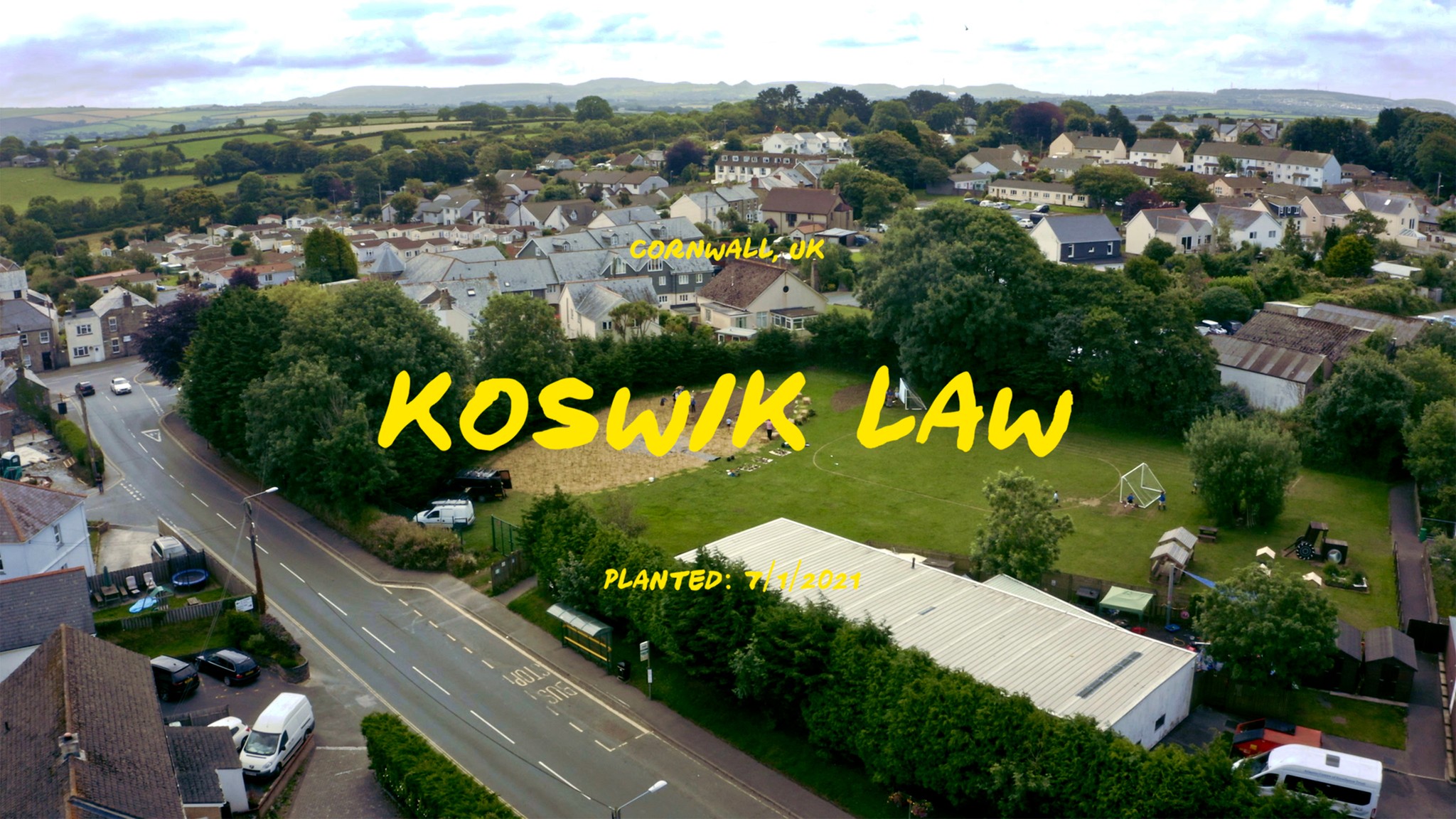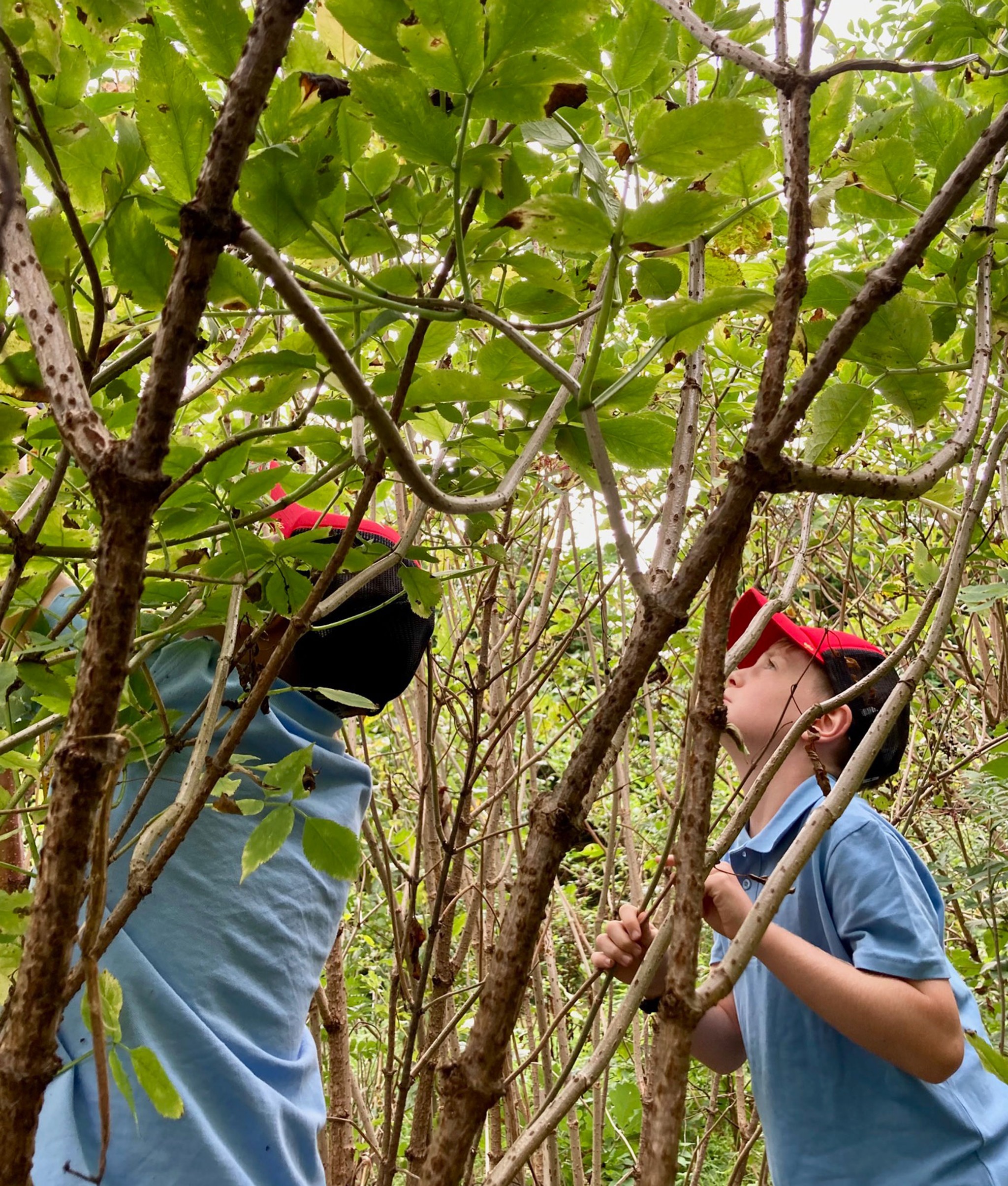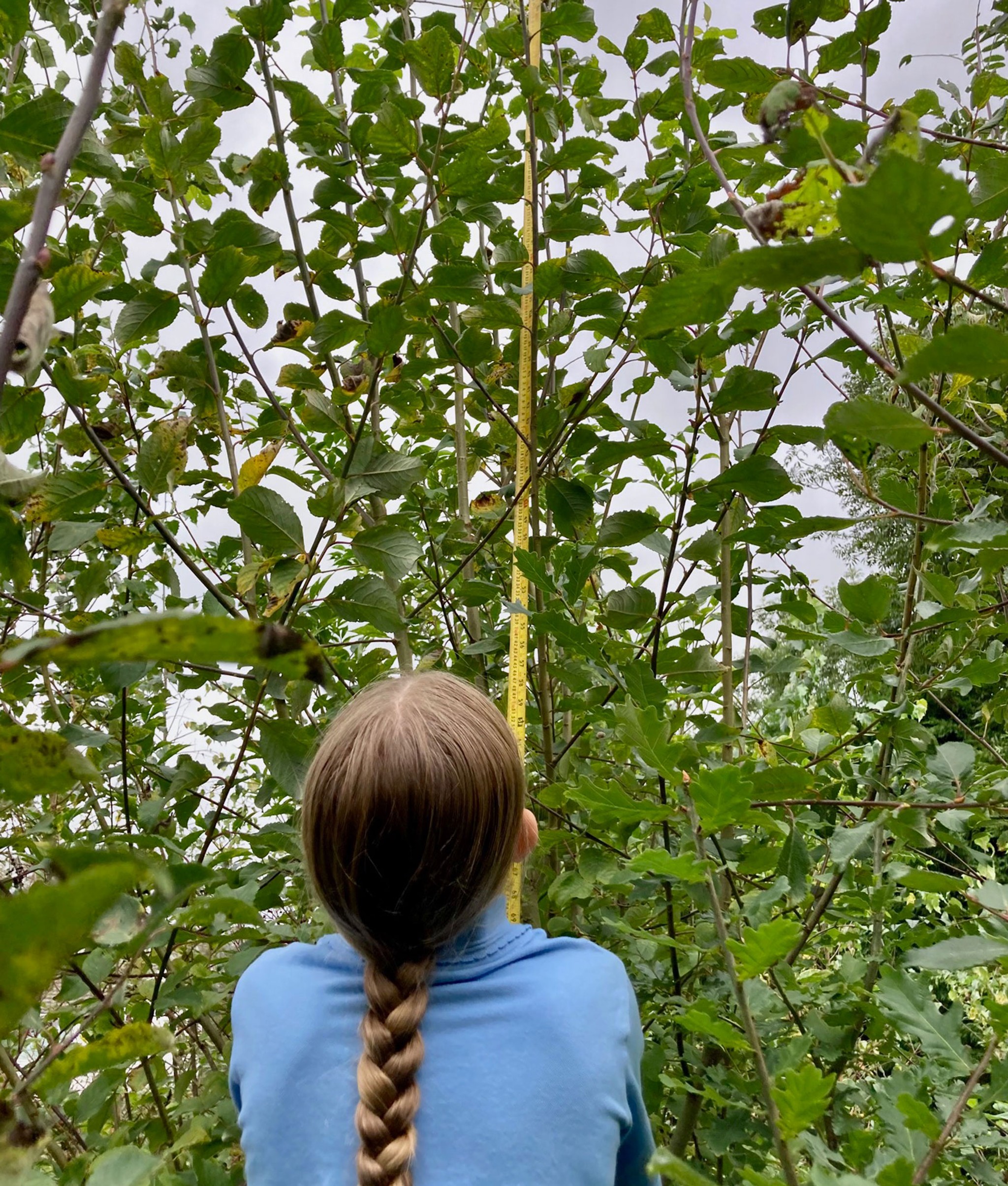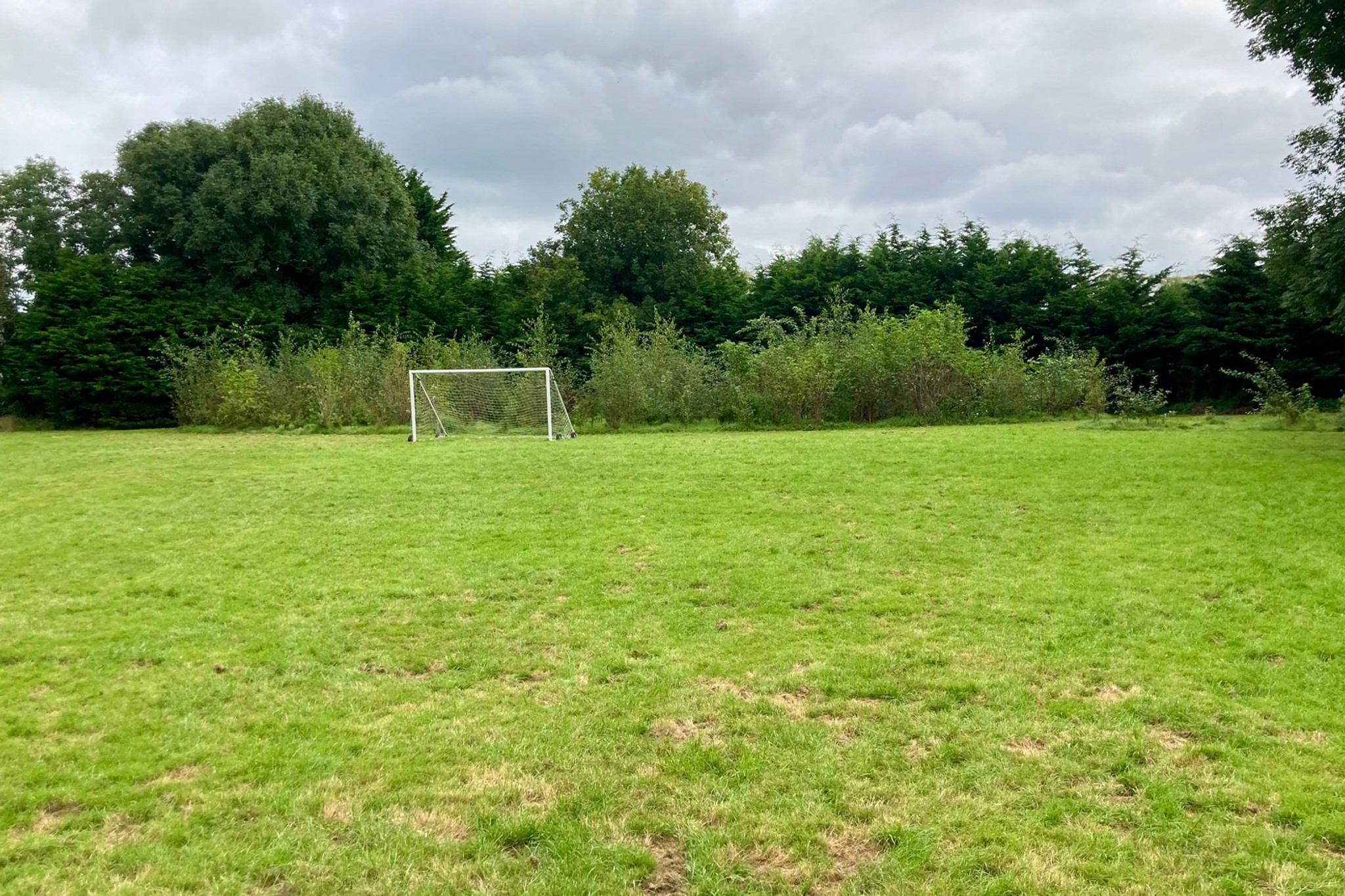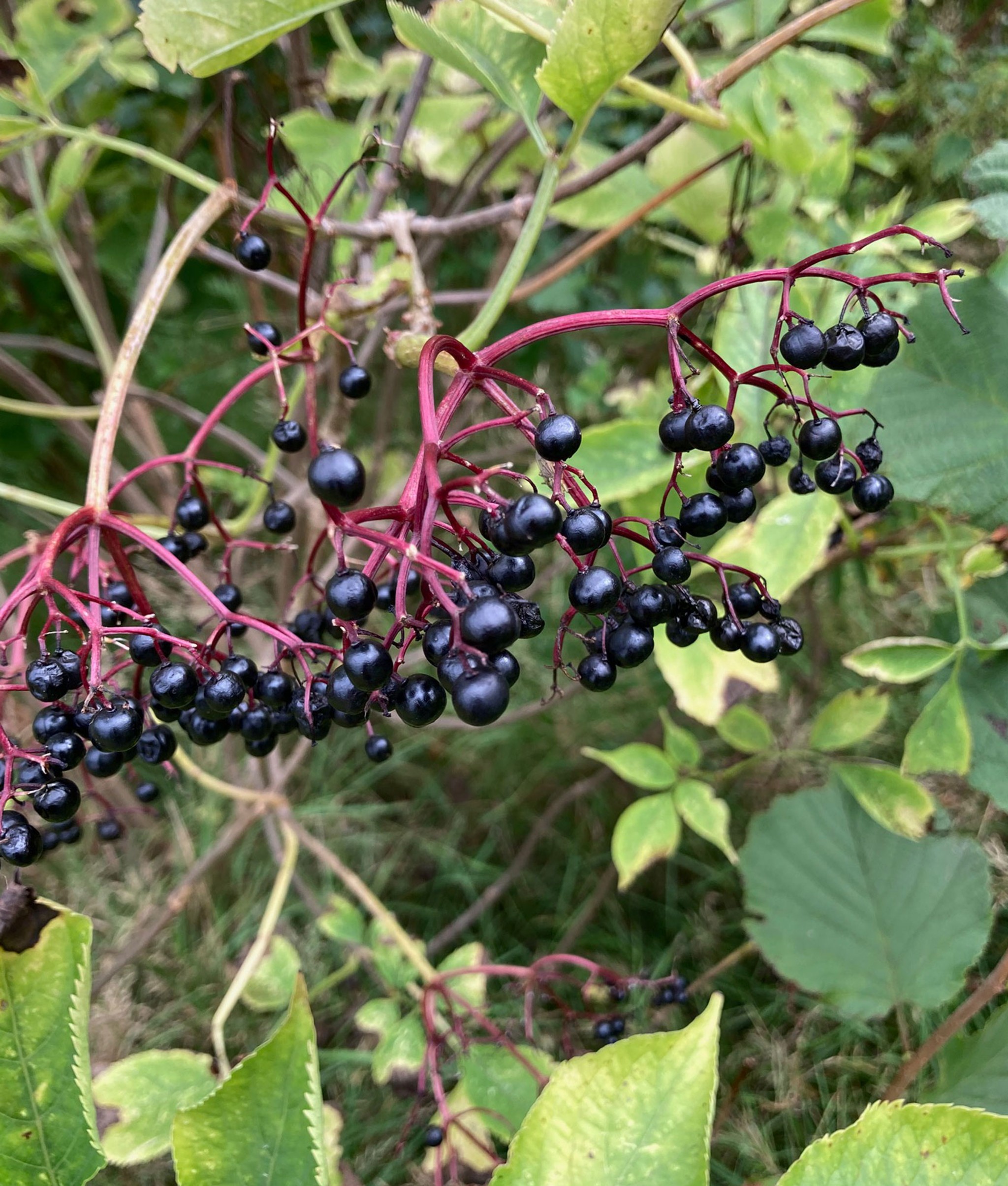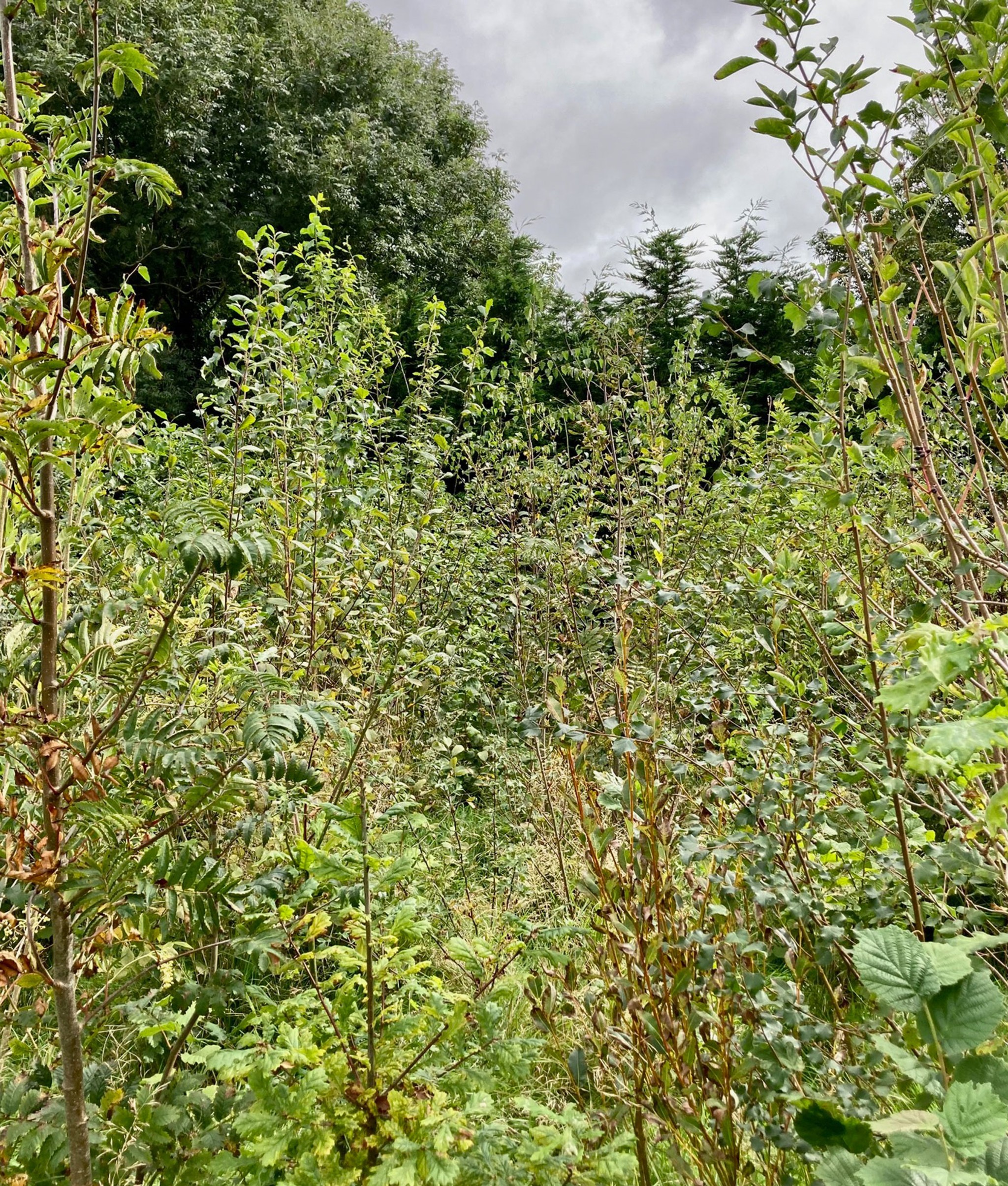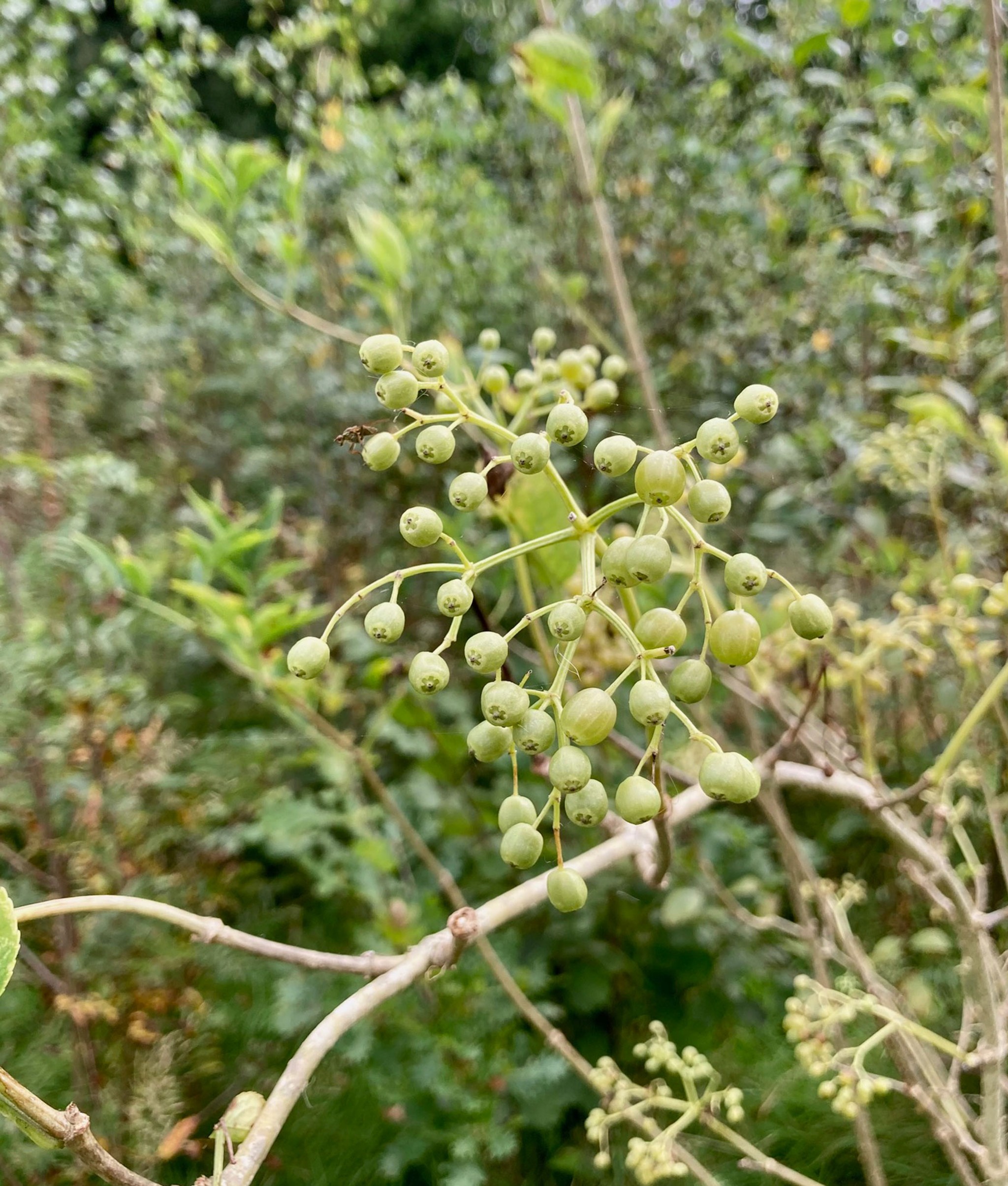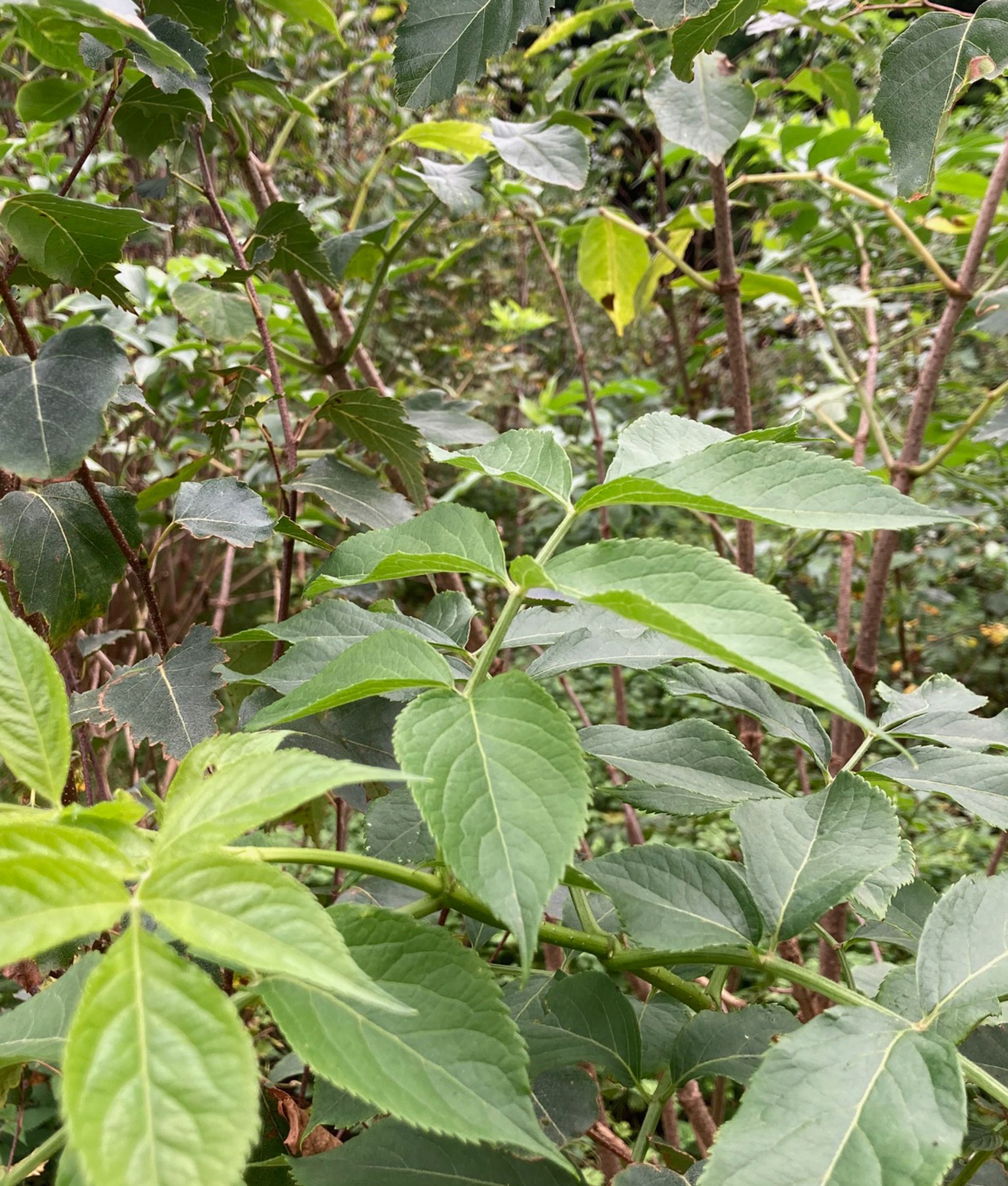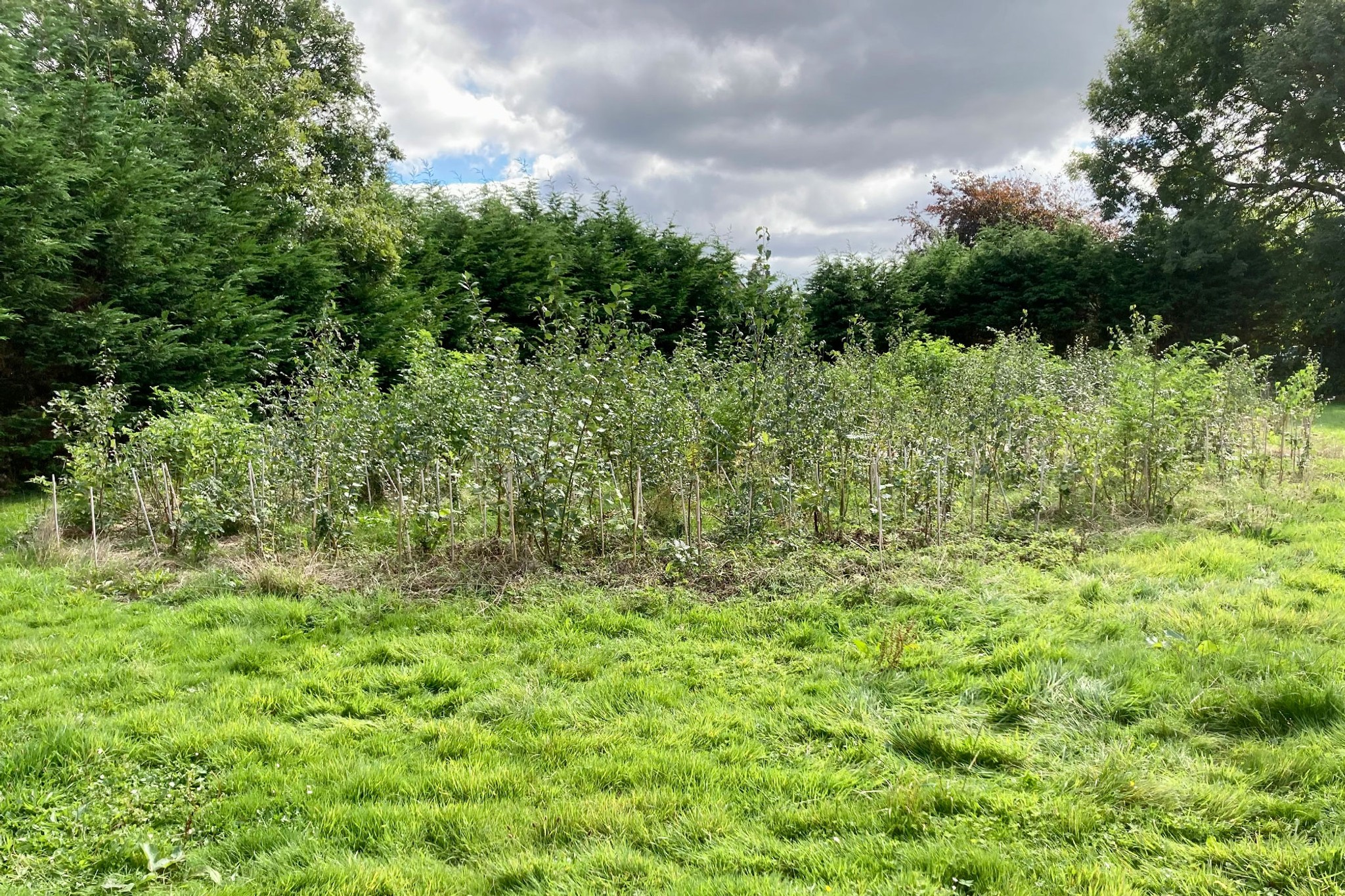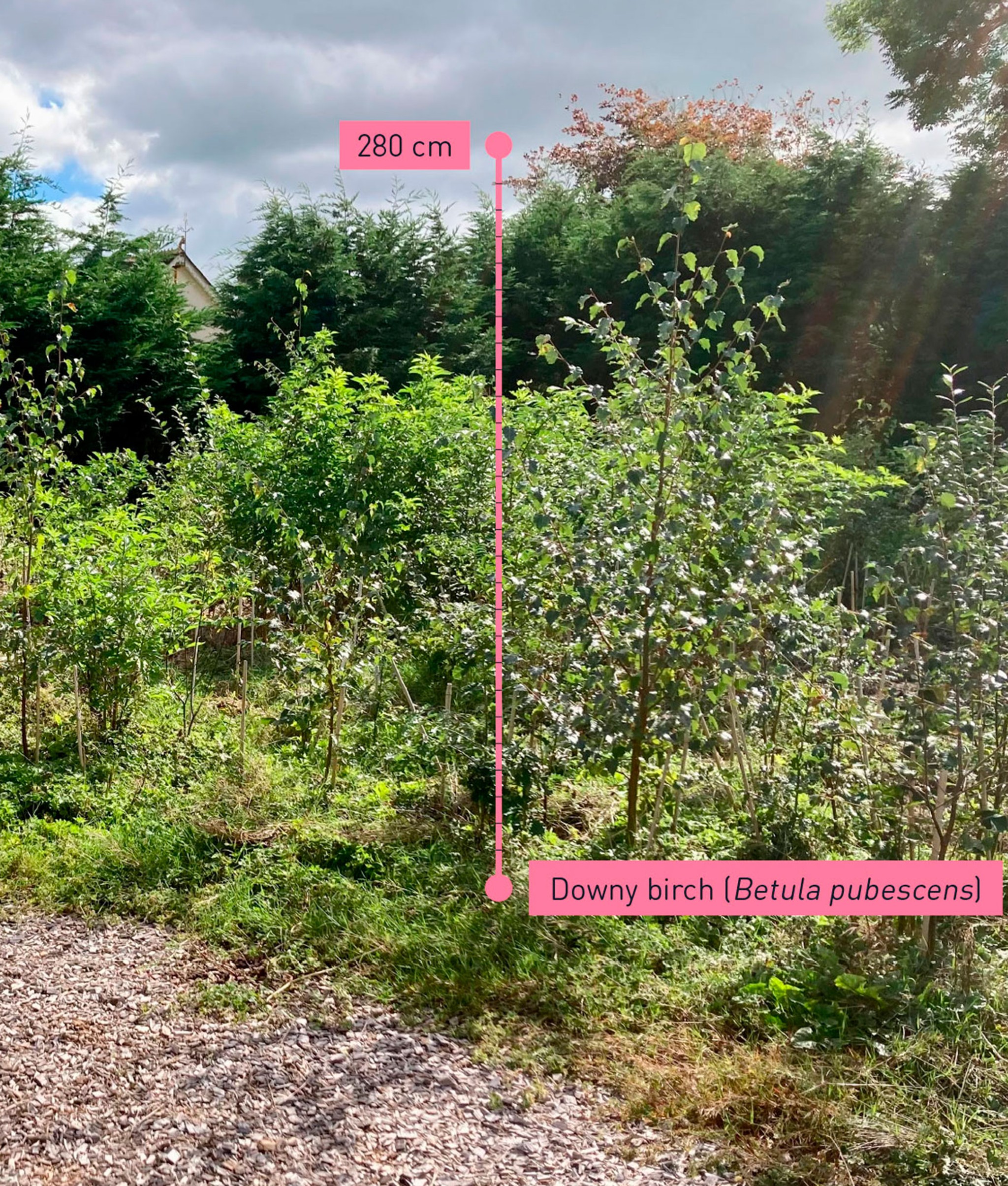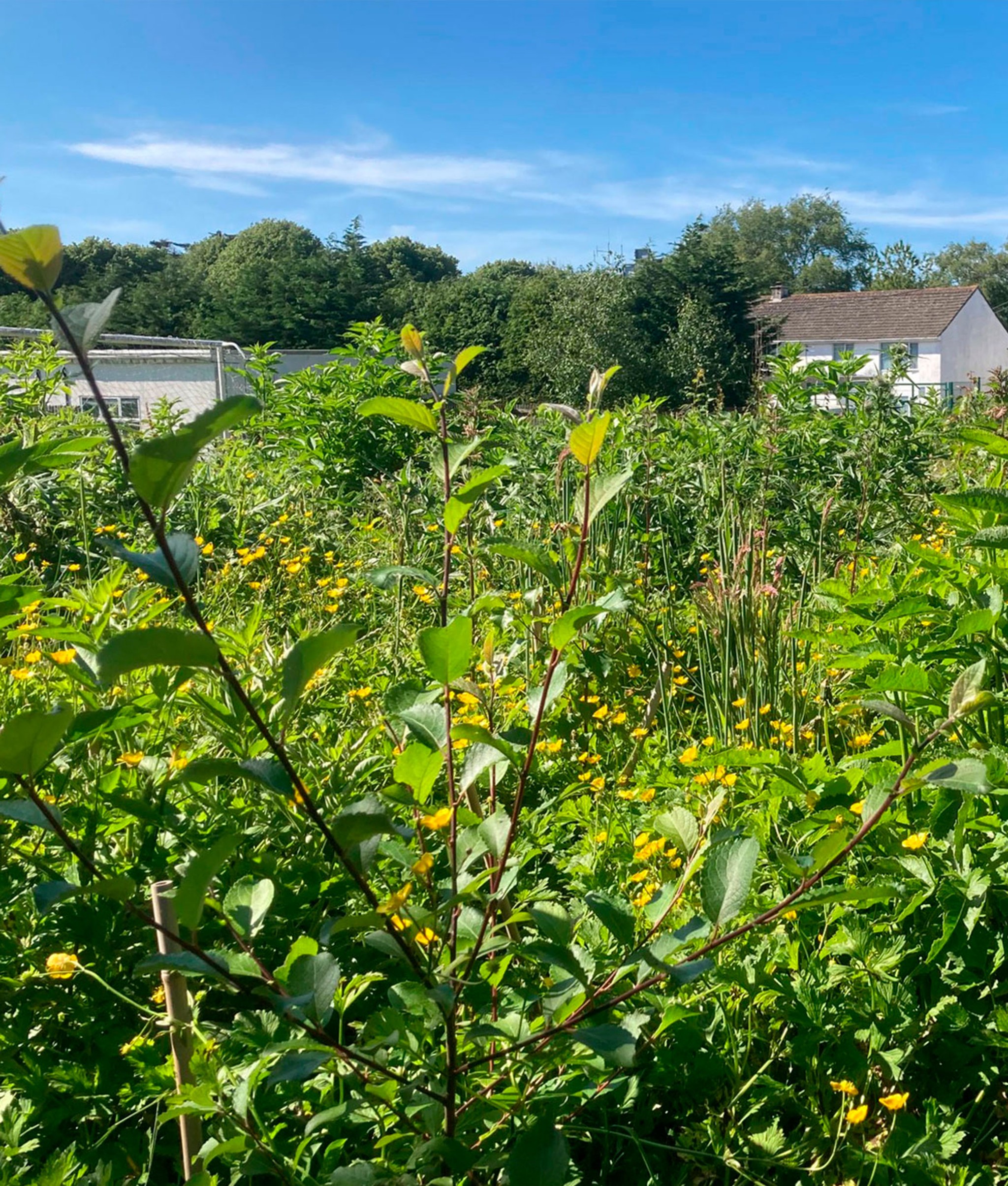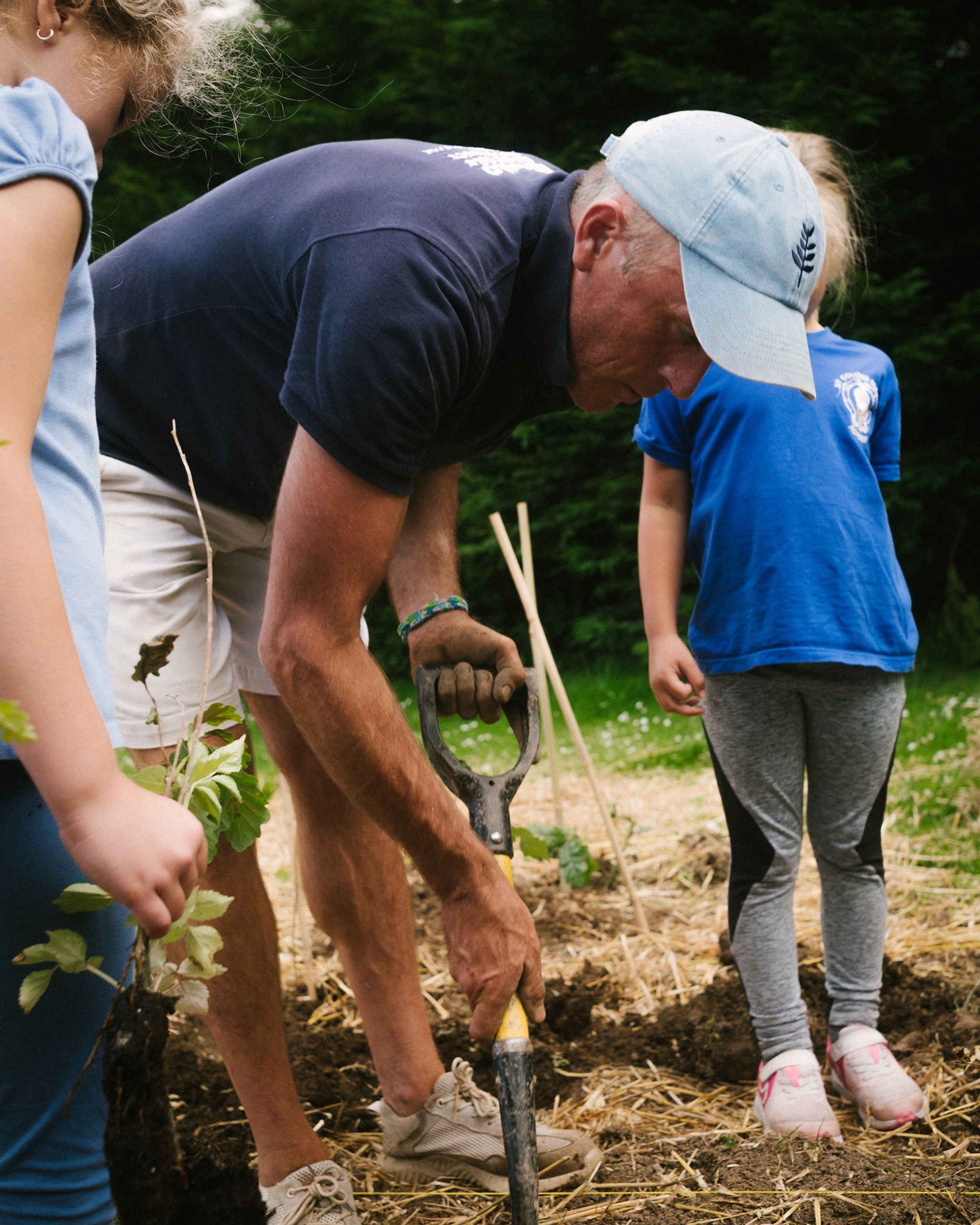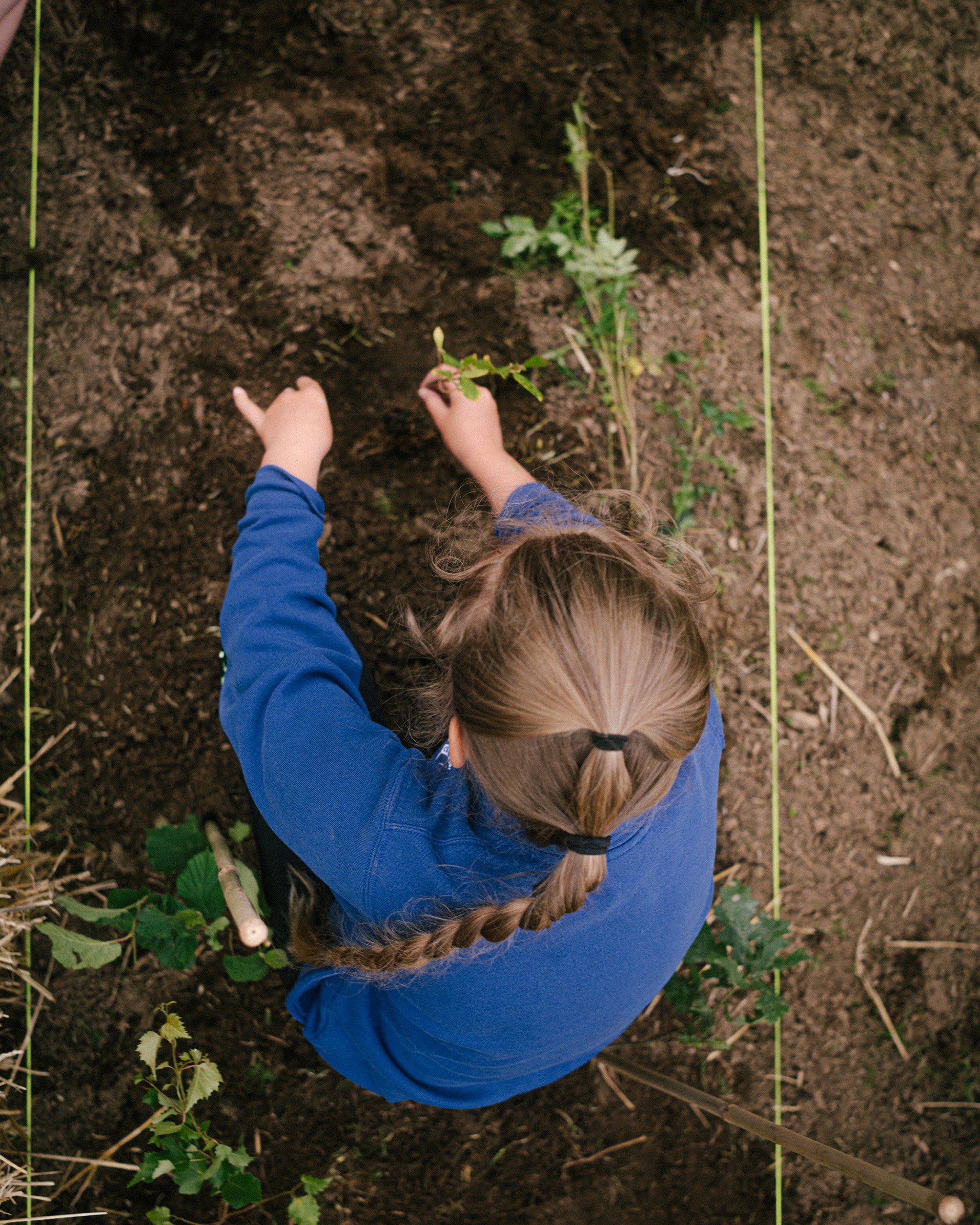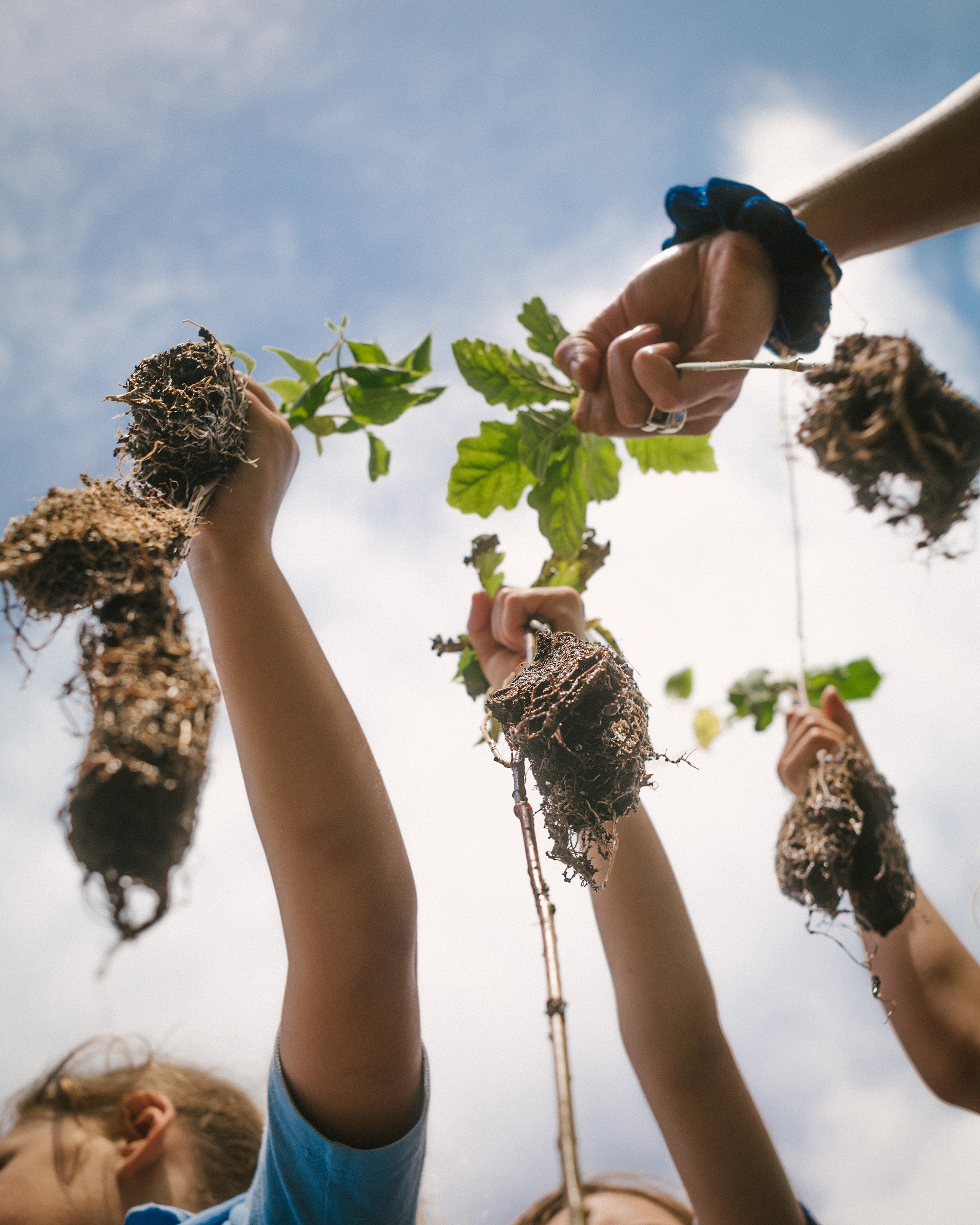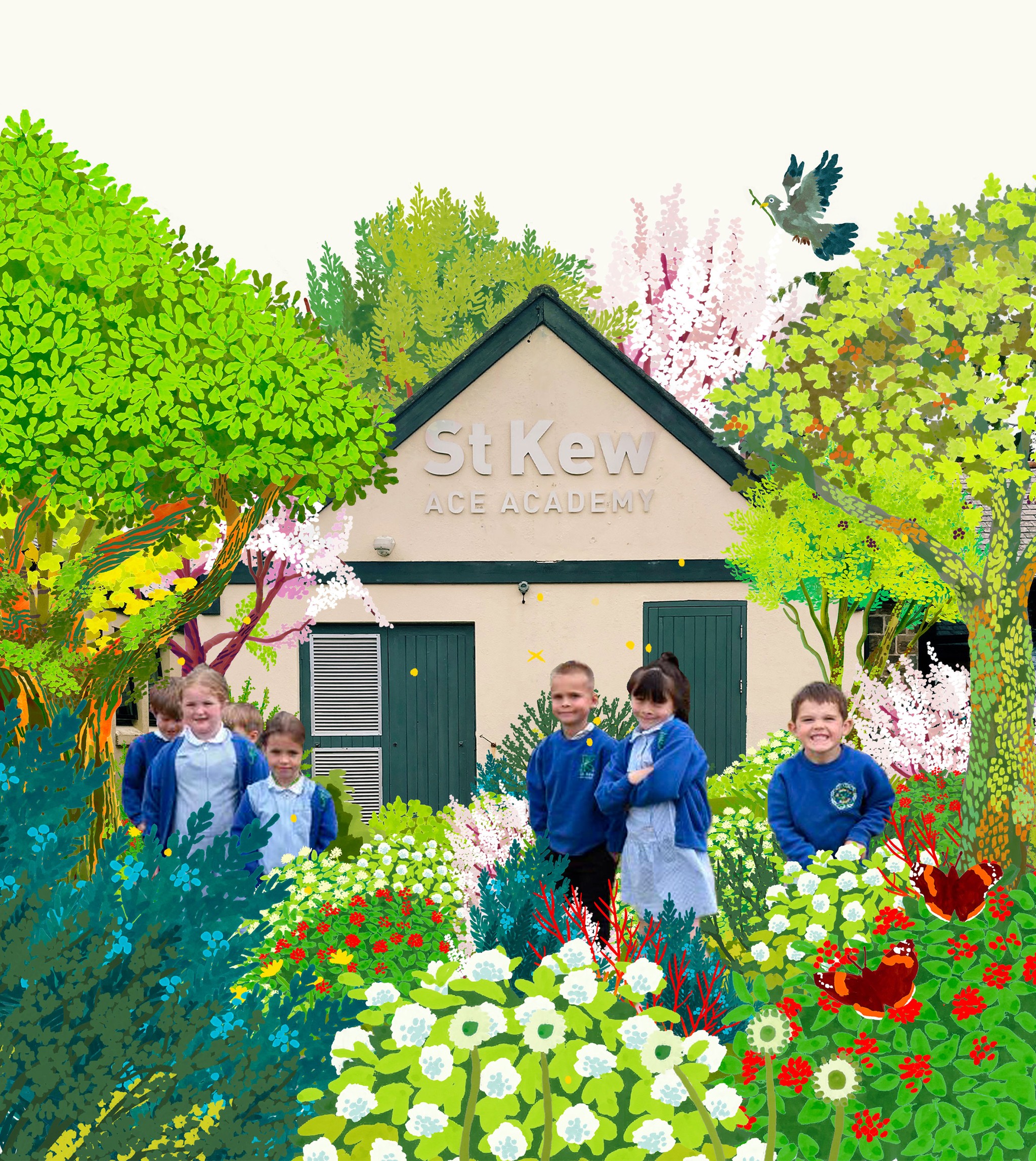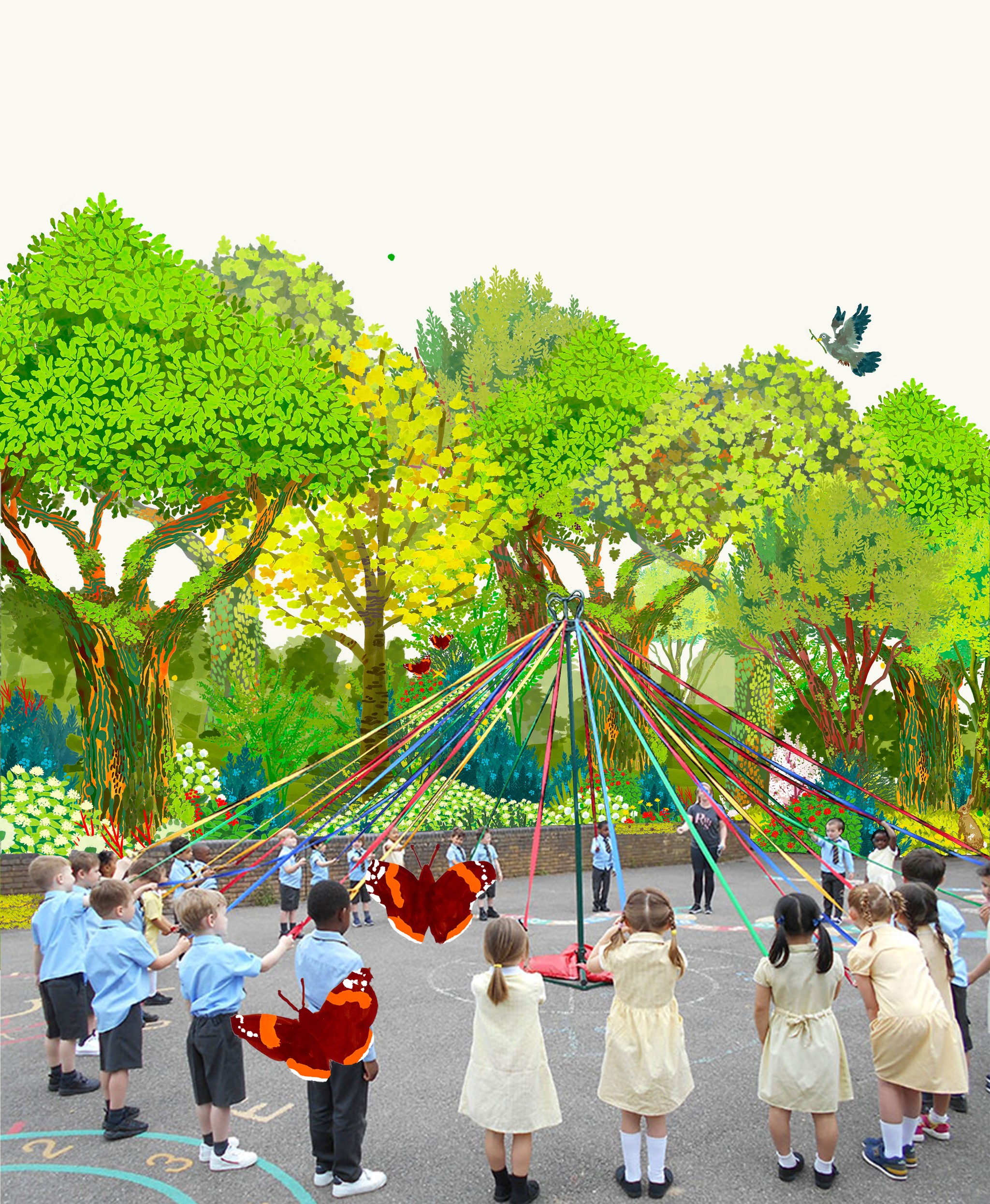Koswik Law
A temperate rainforest in Cornwall.

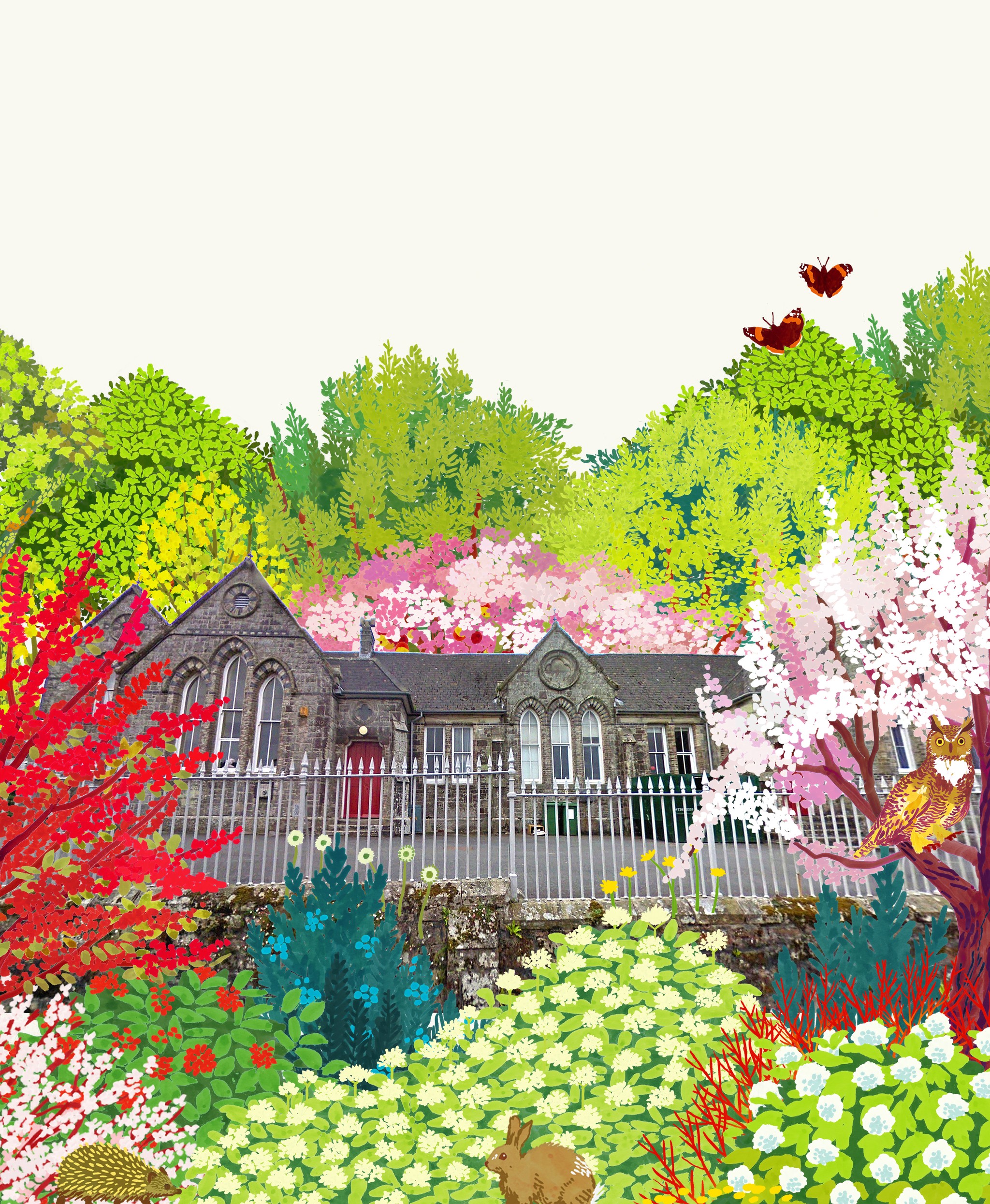
0
Trees
0
Square Meters
0
Native Species
0
Youth Impacted
Self Sustaining Forest
Planted in July 2021 on a grassy field, Koswik Law has undergone a remarkable ecological transformation, evolving from a bare field into a thriving temperate rainforest. The area is now covered with dense, mature trees and lush greenery, showcasing the rapid development of a vibrant ecosystem.
Pioneer species such as birch (Betula spp.), willow (Salix spp.), and elder (Sambucus spp.) have flourished, laying a solid foundation for further growth. The forest floor is blanketed with a rich layer of ground cover, significantly reducing weed pressure and allowing native plants to thrive. Berries, snails, and mushrooms add to the biodiversity, contributing to the forest’s ecosystem.
The rapid growth of these early-successional species has played a key role in the forest's success. As the canopy thickens, it is gradually shading out invasive plants, creating a healthier environment for the native flora to continue flourishing.
Forest Maker
James Godfrey-Faussett


Ecosystem Restored
Final report: 19.12.2024
After approximately three years our SUGi Pocket Forests become self-sustaining. They no longer require human maintenance or watering, and can be handed over to Nature for biodiversity and complexity to naturally develop.
0%
Survival Rate
0
People living within 300 meters
0
kg of potential CO2 sequestration
Biodiversity
Biodiversity is all the different kinds of life you'll find in one area—the variety of animals, plants, fungi, and even microorganisms like bacteria that make up our natural world. Each of these species and organisms work together in ecosystems, like an intricate web, to maintain balance and support life.
0
Potential number of mammals
0
Potential number of birds
0
Potential number of amphibians
“St Columb Major Academy is situated on the Atlantic coastline of Cornwall. With over 300 pupils, it’s a community passionate about promoting biodiversity for Nature and as a resource for learning.”
Hugo Smith, Class Teacher St Columb Major Academy
Forest Report: 2023
0 Years
Forest Age
0%
Survival Rate
0m
Average of Tallest 3 Trees
Overall, there has been a significant increase in the height and density of the forest. In particular, the more pionnering birch, willow and elder are doing well. Ground cover is also good, with a noticeable reduction in weed pressure.
Biodiversity Notes:
Forest Report: 2022
0 Months
Forest Age
0%
Survival Rate
0m
Average of Tallest 3 Trees
The forest has really increased in height and density during months 12 to 15. The more pioneering species are approaching 3 metres in height, creating perfect conditions for the more semi-shade loving species such as hazel (Corylus avellana) and holly (Ilex aquifolium). Downy birch (Betula pubescens) is currently the tallest species in the forest at 280cm, with an average girth of 30mm. The oaks are slower growing - as is their tendency - but they are taking shape as they would in a natural temperate rainforest environment.
Planting: July 2021
